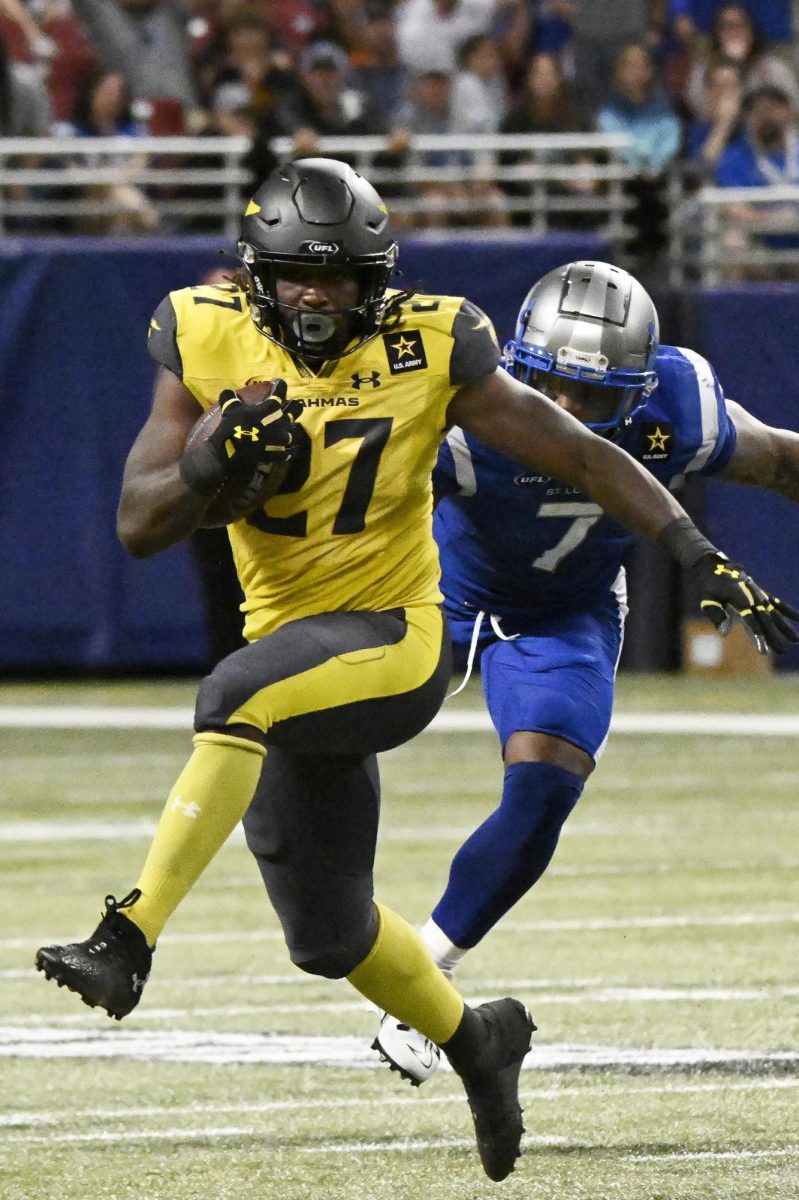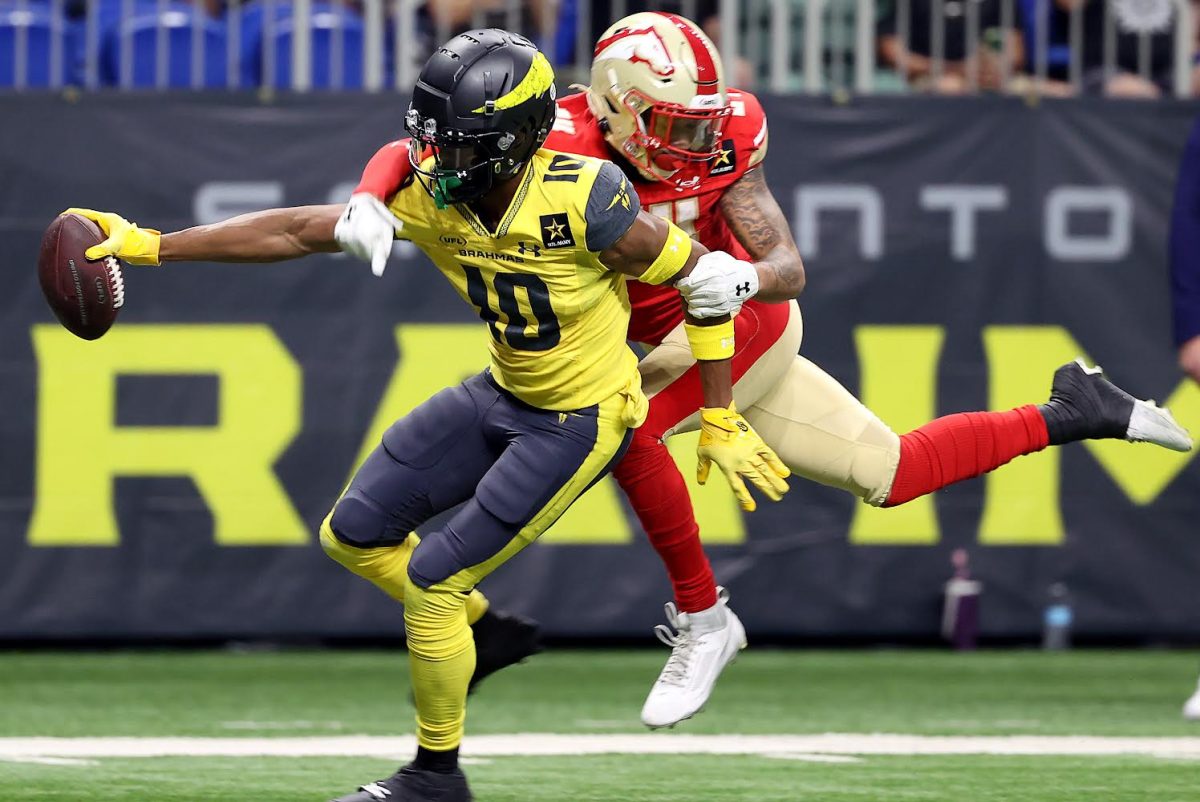UTSA Athletics has grown substantially over the last ten years. As the department continues to expand, the disparity in the allocation of resources and salaries between men and women’s sports has increased substantially.
In 2005, 53.2 percent of UTSA Athletics’ program-specific operating expenses were allocated among UTSA’s various men’s teams. However, by 2015, that figure rose to 75.5 percent.
In 2005, UTSA awarded almost $1.1 million in scholarships to student-athletes on women’s teams and $878,675 to athletes on men’s teams. In 2015, UTSA Athletics awarded $3.4 million in scholarships to men and $1.5 million to women – a $1.9 million difference.
In 2005, there were eight head coaching positions within UTSA’s women’s programs. These positions paid an average salary of $55,889. At that time, there were six men’s head coaching positions that paid $68,935 on average.
By 2015, one of those women’s head coaching positions had been eliminated and the average salary of the remaining seven positions escalated to $94,730. Meanwhile, the median salary of the six men’s head coaching positions increased drastically from just shy of $70,000 to $179,381.
In 2005, assistant coaches for women’s programs earned $34,534 on average while assistant coaches in men’s sports earned a median salary of $42,238—a difference of $7,704. Over the next decade, the difference in median salary between assistant coaches for men’s and women’s sports grew to $34,747.
In 2015, there were 186 UTSA Athletics employees with a median salary of $43,159. The 82 women employed by UTSA Athletics in 2015 earned an average salary of $38,162, while the remaining 104 men earned $55,573 on average – a pay gap of $17,411.
Former Head Coach of UTSA Football Larry Coker made $425,000 in 2015. Out of 6,683 UTSA employees, Coker had the highest salary until January, when he was replaced by Frank Wilson, who signed a five-year deal that starts at a base salary of $650,000 and includes annual raises of $25,000 for each year of the contract’s duration.
Wilson is now the highest-paid employee of not only UTSA Athletics, but also the entire university. Associate Vice President and Director of UTSA Athletics Lynn Hickey was UTSA Athletics’ second highest-paid employee at $245,000 in 2015.
Former UTSA basketball Head Coach Brooks Thompson was not far behind Hickey; he made $209,302 last year and still had one year left on his contract when he was let go in March 2016.
With Wilson earning a base salary of $650,000 and men’s basketball Head Coach Steven Henson earning $265,000, Hickey is now the third highest-paid employee of UTSA Athletics.
Among the 10 highest-paid employees within UTSA athletics, Hickey is the only woman. She is also the only woman in the department who earned a six-figure salary in 2015.
Salaries and expenses for athletics are tied to the revenue the programs generate, but over half of UTSA Athletics’ revenue in 2015 came directly from student fees and university funds, and most of UTSA’s athletic revenue is not recorded as being specific to any sport.
UTSA Athletics generated $15,642,562 in revenue in the 2014-15 season— including student fees and university subsidies—with football and men’s basketball being both the highest-earning and most costly programs.
In 2015, women’s sports (excluding basketball) generated $309,826 and men’s sports (excluding football and basketball) generated $336,586.
Adding basketball and football into the equation, the men’s programs generated $3,946,263 in program-specific revenue 2014-15. Football alone accounted for over $3 million in program-specific revenue and $2.3 million in operating expenses. Women’s basketball recorded $105,725 in revenue, bringing the women’s programs’ total to $415,551.
A pay disparity between men and women within UTSA Athletics is apparent when comparing changes to salaries and resource allocation over the past decade, and if the current trend continues, that gap will continue to grow.










